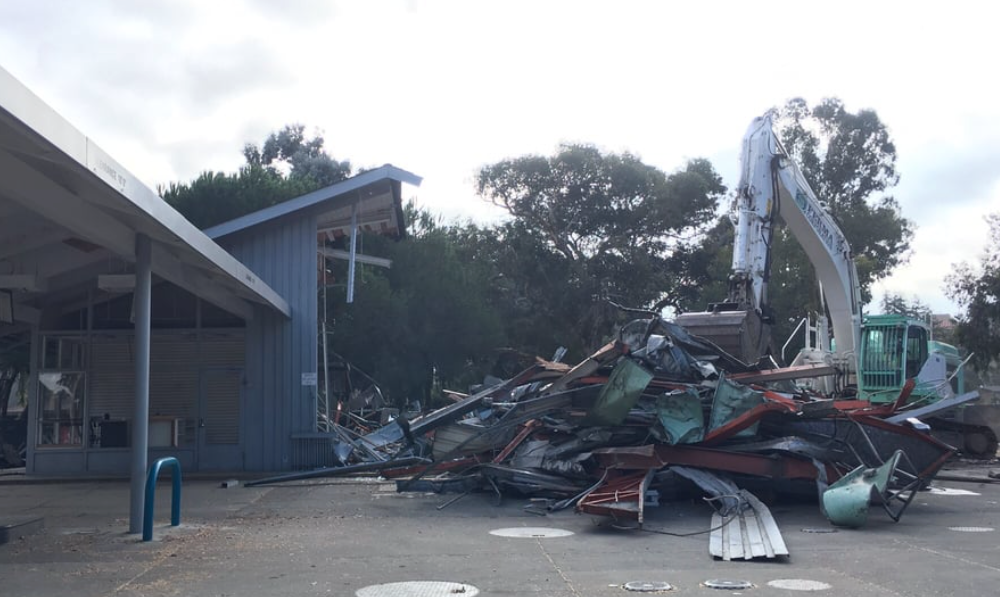Table of Contents
Stanford is one of the most geographically unique campuses in America. It is the sixth largest by land area and situated in the Bay Area, one of the most expensive real estate markets in the world. The unaffordable and distant nature of off-campus housing forces virtually every student, undergraduate and graduate alike, to live in on-campus housing which is generously subsidized by the university.
As an unincorporated municipality separate from Palo Alto, Stanford University controls nearly everything that occurs on its land, including public safety, utilities such as water, and all of the real estate. Professors cannot really “own” their Stanford houses, because they can only ever sell them to other faculty members.
Stanford is a fiefdom in many respects, and the administration plays the role of an economic central planner. Believe it or not, central planning actually works quite well at the small scale of a family, for instance. But planning an economy on a much larger scale for nearly 20,000 students is no easy task, and despite the University’s best efforts, it often makes huge mistakes.
Perhaps the worst planning error I have noticed is that there are no real full-service grocery stores on campus. The nearest grocery stores are the Safeway on El Camino in Menlo Park, the Safeway up Sand Hill Road, and a Trader Joes in the Town and Country mall—all of which are miles away from any student housing on campus. Many students cannot afford the cars or find the time necessary to shop off campus. And relying on bikes or rideshare to go grocery shopping is simply too cumbersome and expensive a process.
On-campus options to buy groceries are extremely limited in terms of the hours in which they are open, and such Stanford-owned stores lack anywhere near the selection of a grocery store, or even a CVS or Walgreens. These on-campus options consist only of Munger Market, which is open 10 AM to 6 PM Tuesday through Saturday (closed Sunday and Monday), and Tresidder Marketplace, which is open only 9 AM to 6 PM on weekdays and from 11AM to 4 PM on weekends. Unbelievably, prices at campus stores are higher than off-campus stores for the same product! The nearest Safeway, for example, has the exact same brands for much cheaper prices (Stanford putting its monopoly power on full display):
Grocery Item Prices At Munger Market Versus Off-Campus Local Grocery Stores As of December 5, 2023
The nationwide inflation over the past few years has also taken a toll on the cost of living, as the nominal wages for campus workers and graduate student stipends have not been raised one-for-one with the rate of price hikes. Amazingly however, university tuition rose seven percent for the 2023-2024 academic year to be perfectly in line with inflation.
Stanford Undergraduate Total Annual Tuition, Room and Board
Annual % Increase In Stanford Undergraduate Total Annual Tuition, Room and Board
Meal plans at Stanford remain one of the few more affordable options for graduate students, locking them into plans ranging from roughly $13.20 to $15.20 per meal with tight hours on when students can eat at the dining halls. One wonders what might happen to the university-run dining halls if they faced greater competition?
Most undergraduates are required to buy meal plans, along with students living on campus in most dormitories. A 2017 survey conducted by the Stanford Daily found that a stunning one-third of undergraduate students said they would not choose to purchase a meal plan if given the choice.
So, to meet the demands of its students (note: Stanford has many more students, especially graduate students, living on campus compared to other universities), why won’t Stanford allow a grocery store to be built on campus? Perhaps the administration thinks it would be beneath Stanford’s sterling reputation to have a logo amidst the campus’s iconic Mission Rival Richardsonian Romanesque-style Spanish architecture.
Not long ago, there was a gas station on campus near the newly constructed EVGR residences, but it was removed in favor of yet another Stanford roundabout. That is but one example of the University prioritizing its aesthetics over the economic welfare of its students.

To be fair to the administration, the construction or removal of buildings on campus is not a straightforward task. Santa Clara County plays a significant role and must sign off on all new construction, for example. The same issues surrounding land use regulation that plague the Bay Area and stall the development of new housing afflict Stanford as well.
But we must ask ourselves, is Stanford truly putting its students first in its decision-making? Could it not do anything more to give students and faculty living on campus something as essential as a 24-hour grocery store or full-service pharmacy? I think not. Students deserve a strong response to the cost of living crisis, and it is up to the University to deliver.
Jon Hartley is a PhD student and policy commentator studying economics at Stanford.









